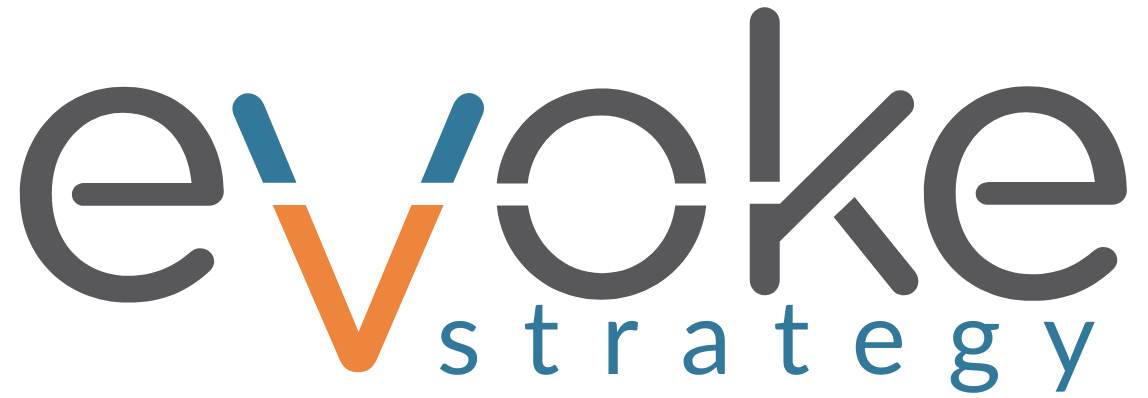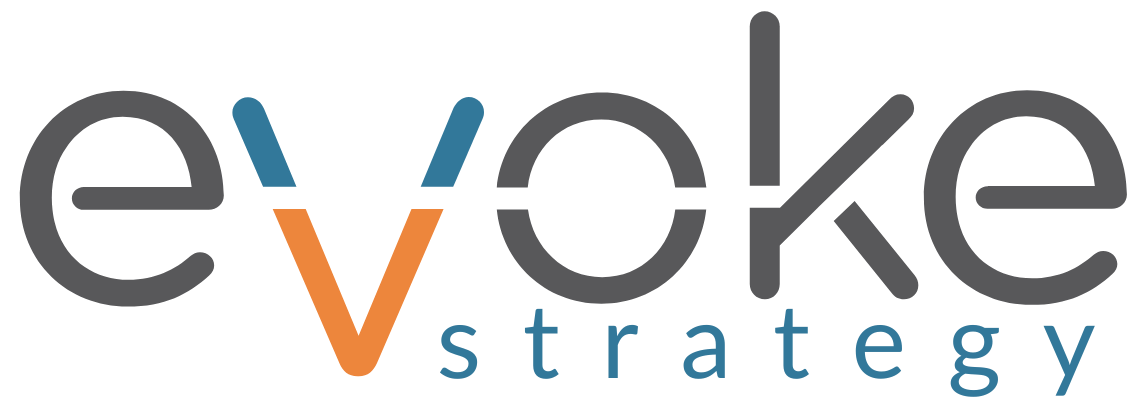In the digital age, influencer partnerships have emerged as a formidable marketing strategy, reshaping how brands connect with their audiences. The essence of influencer marketing lies in leveraging the trust and credibility that influencers have cultivated within their communities. These individuals, often seen as relatable figures or experts in their respective fields, possess the ability to sway opinions and drive consumer behavior.
For brands, this translates into a unique opportunity to tap into established audiences, enhancing visibility and fostering engagement in ways traditional advertising often cannot achieve. The power of influencer partnerships is not merely anecdotal; it is supported by a wealth of data. According to a study by the Digital Marketing Institute, 49% of consumers depend on influencer recommendations when making purchasing decisions.
This statistic underscores the profound impact that influencers can have on consumer trust and brand perception. Furthermore, influencer marketing campaigns can yield an impressive return on investment (ROI), with some reports indicating that businesses earn an average of $5.78 for every dollar spent on influencer marketing. This compelling ROI is a testament to the effectiveness of influencer partnerships in driving sales and enhancing brand loyalty.
Identifying the Right Influencers for Your Brand
Alignment of Values and Target Audience
For instance, a sustainable fashion brand would benefit from partnering with eco-conscious influencers who advocate for environmental responsibility, as their audience is likely to share similar values.
Evaluating Reach and Engagement
Beyond alignment in values, brands should also consider the influencer’s reach and engagement metrics. An influencer with a smaller but highly engaged following may be more effective than one with millions of followers but low interaction rates.
Conducting Research and Due Diligence
Tools like social media analytics platforms can provide insights into an influencer’s audience demographics, engagement rates, and content performance. Additionally, brands should evaluate the influencer’s previous collaborations to gauge their professionalism and reliability. By conducting thorough research and due diligence, brands can identify influencers who not only fit their ethos but also have the potential to amplify their message effectively.
Creating Authentic and Engaging Content with Influencers
Once the right influencers have been identified, the next step is to collaborate on content creation that feels genuine and engaging. Authenticity is paramount in influencer marketing; audiences can quickly discern when content is overly scripted or lacks sincerity.
This approach not only enhances the relatability of the content but also encourages influencers to share their genuine experiences with the brand. Engaging content can take various forms, from Instagram stories and TikTok videos to blog posts and YouTube reviews. For example, a beauty brand might collaborate with an influencer to create a makeup tutorial featuring their products, showcasing not just the items but also the influencer’s personality and expertise.
This type of content not only highlights the product but also provides value to the audience through education and entertainment. Additionally, incorporating interactive elements such as polls or Q&A sessions can further engage followers, encouraging them to participate in the conversation and fostering a sense of community around the brand.
Leveraging Different Social Media Platforms for Maximum Reach
Different social media platforms offer unique opportunities for brands to connect with audiences through influencer partnerships. Each platform has its own user demographics, content formats, and engagement styles, making it essential for brands to tailor their strategies accordingly. For instance, Instagram is known for its visual appeal and is particularly effective for lifestyle brands looking to showcase products through eye-catching imagery and stories.
Collaborating with influencers on Instagram can involve sponsored posts, stories, or even Instagram Live sessions where influencers can interact with their followers in real-time. On the other hand, platforms like TikTok have gained immense popularity among younger audiences, making them ideal for brands targeting Gen Z consumers. The short-form video format encourages creativity and spontaneity, allowing influencers to create entertaining content that can go viral quickly.
A fashion brand might partner with a TikTok influencer to create a fun challenge or trend that encourages users to showcase their outfits using the brand’s clothing. By leveraging the unique features of each platform, brands can maximize their reach and engagement while ensuring that their message resonates with the intended audience.
Measuring the Impact of Influencer Partnerships
To assess the effectiveness of influencer partnerships, brands must implement robust measurement strategies that evaluate both quantitative and qualitative metrics. Key performance indicators (KPIs) such as engagement rates, reach, impressions, and conversion rates provide valuable insights into how well an influencer campaign is performing. For example, tracking website traffic generated from an influencer’s post can help determine how many users were driven to explore the brand further.
In addition to quantitative metrics, qualitative feedback is equally important in understanding the impact of influencer partnerships. Brands should analyze comments and sentiments expressed by followers in response to influencer content. Positive feedback can indicate successful messaging and resonance with the audience, while negative comments may highlight areas for improvement or misalignment with brand values.
Conducting surveys or focus groups post-campaign can also provide deeper insights into consumer perceptions and attitudes towards the brand following an influencer collaboration.
Building Long-term Relationships with Influencers
Building Loyalty and Authentic Advocacy
When influencers feel valued and appreciated by a brand, they are more likely to become authentic advocates over time. This ongoing partnership fosters a sense of loyalty that can translate into consistent promotion and advocacy across multiple campaigns.
Nurturing Relationships for Deeper Storytelling
Brands should prioritize nurturing these relationships by maintaining open lines of communication, providing feedback on collaborations, and recognizing influencers’ contributions. This allows for deeper storytelling opportunities that resonate more profoundly with audiences. Instead of one-off promotions, brands can work with influencers to develop narratives that evolve over time, showcasing product launches or brand milestones through a familiar face.
Creating Compelling Narratives
For instance, a health food brand might collaborate with a fitness influencer over several months to document their journey using the products as part of their lifestyle transformation. This approach not only builds credibility but also creates a compelling narrative that engages audiences on a deeper level.
Negotiating and Structuring Successful Partnerships
Negotiating terms for influencer partnerships requires careful consideration of various factors to ensure mutual benefit for both parties involved. Brands should approach negotiations transparently, clearly outlining expectations regarding deliverables, timelines, compensation structures, and usage rights for content created during the partnership. Influencers often have varying rates based on their reach and engagement levels; thus, understanding industry standards can help brands negotiate fair compensation while respecting the influencer’s value.
For example, brands might offer bonuses based on sales generated through unique discount codes shared by influencers or additional compensation for exceeding engagement benchmarks. Such arrangements not only align incentives but also foster a collaborative spirit where both parties are invested in achieving success together.
Avoiding Common Pitfalls in Influencer Partnerships
While influencer partnerships hold immense potential for brands, they are not without challenges. One common pitfall is failing to conduct thorough research on an influencer’s background and audience before entering into a partnership. Brands must ensure that influencers align with their values and have a genuine connection with their target demographic; otherwise, they risk damaging their reputation or alienating potential customers.
Another frequent mistake is neglecting to establish clear communication channels throughout the partnership process. Misunderstandings regarding expectations or deliverables can lead to dissatisfaction on both sides. Regular check-ins during campaigns can help address any concerns promptly and ensure that both parties remain aligned on goals and messaging.
By being proactive in communication and diligent in research efforts, brands can navigate potential pitfalls effectively and cultivate successful influencer partnerships that drive meaningful results.



